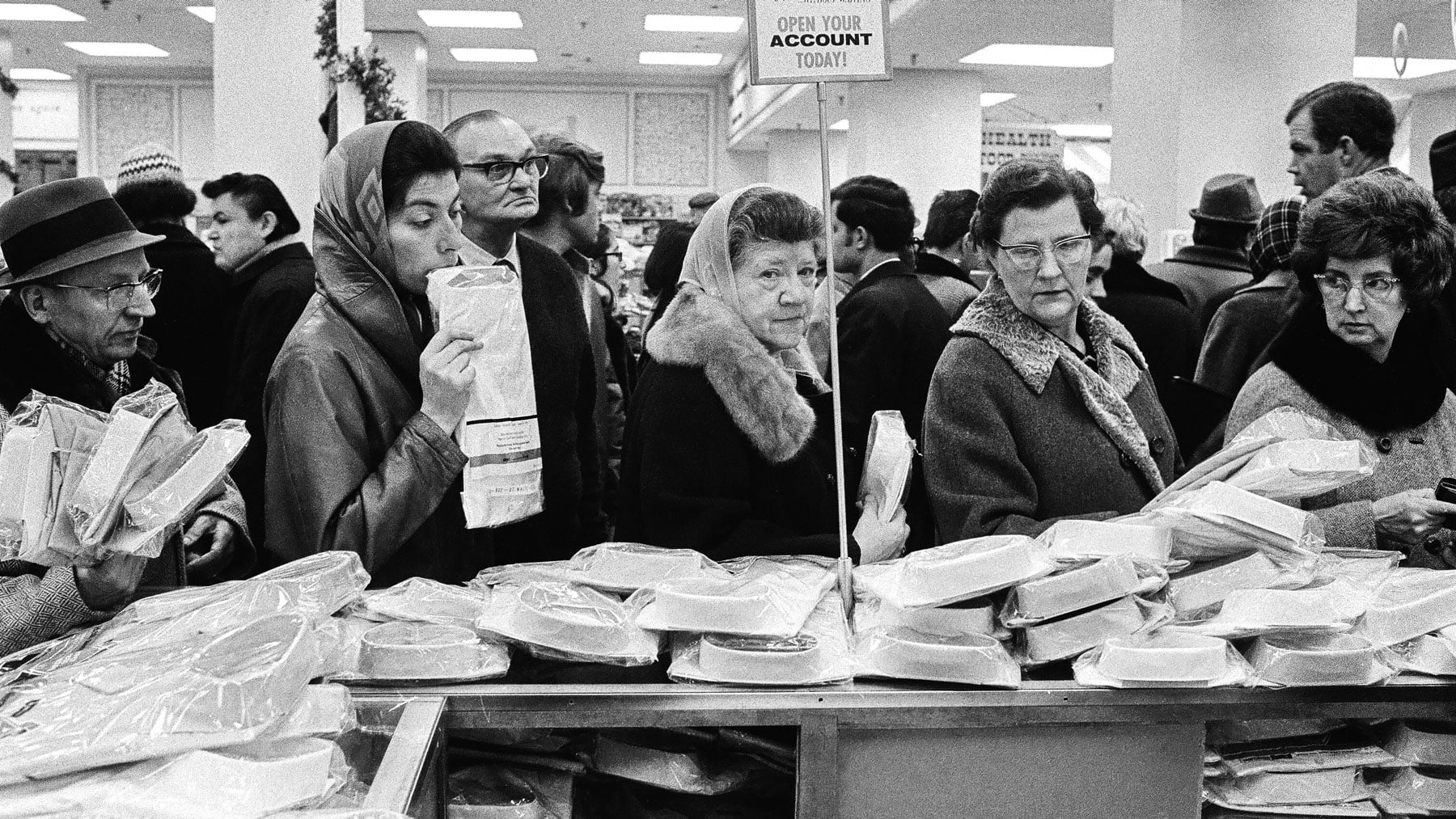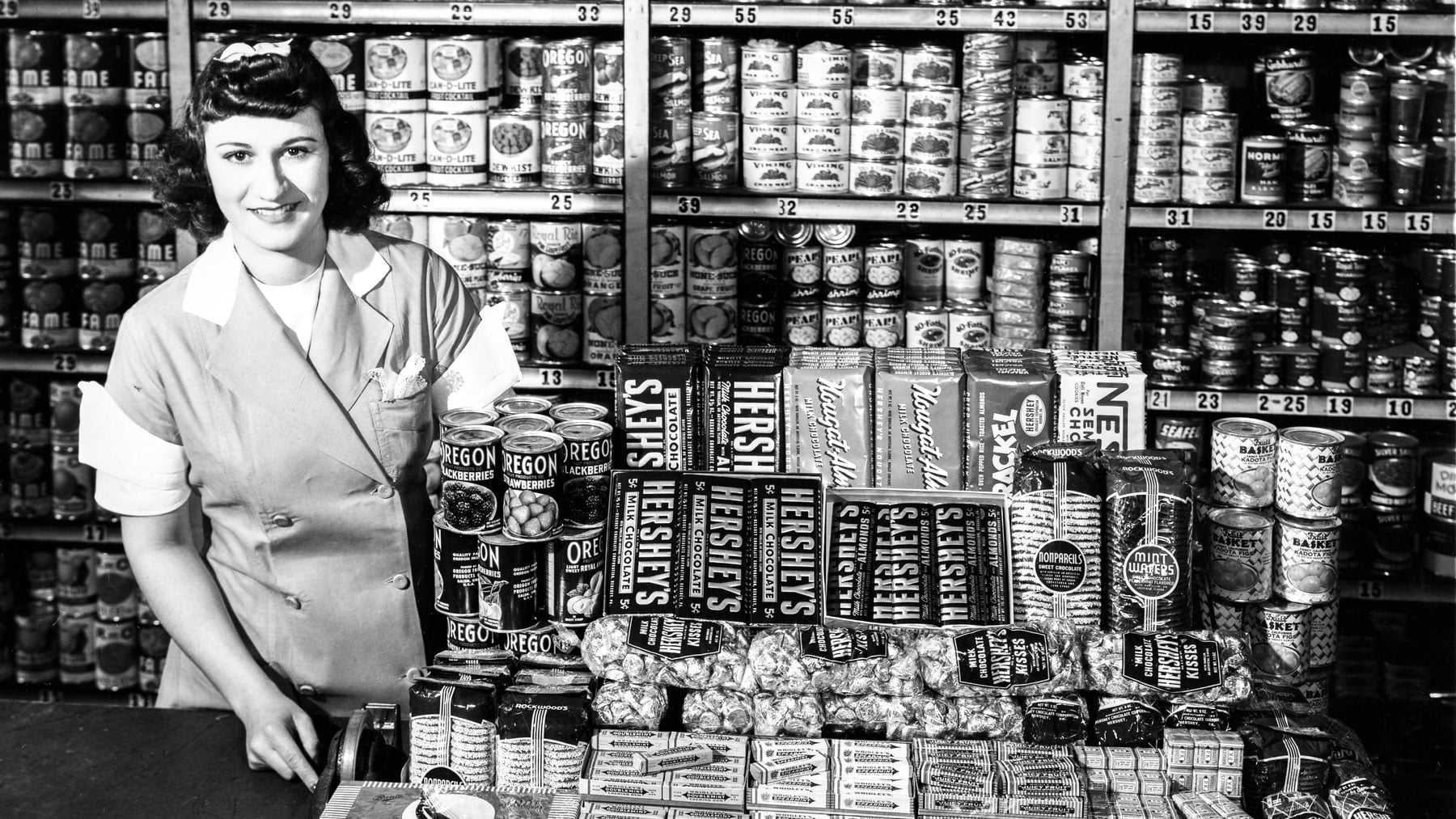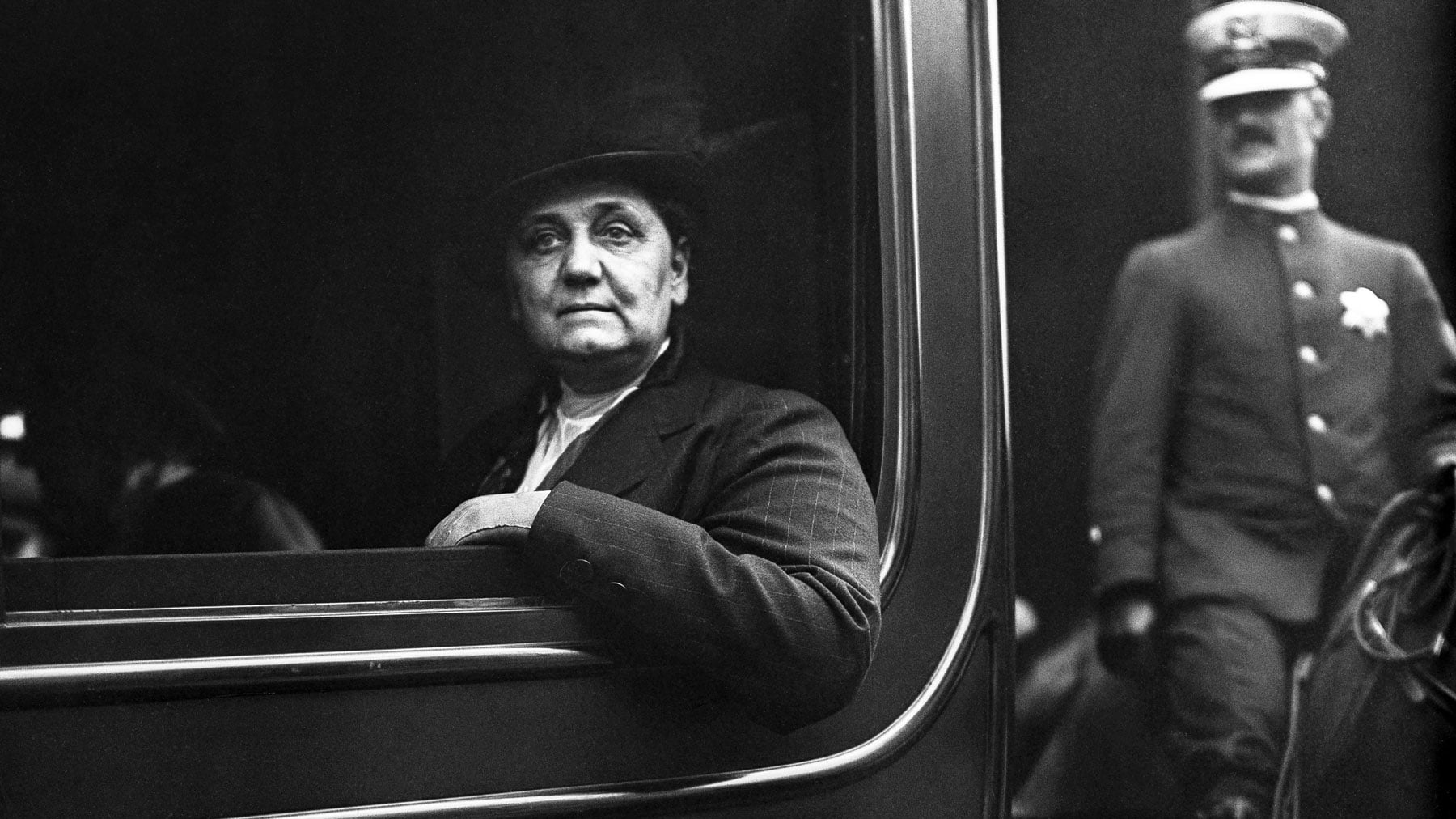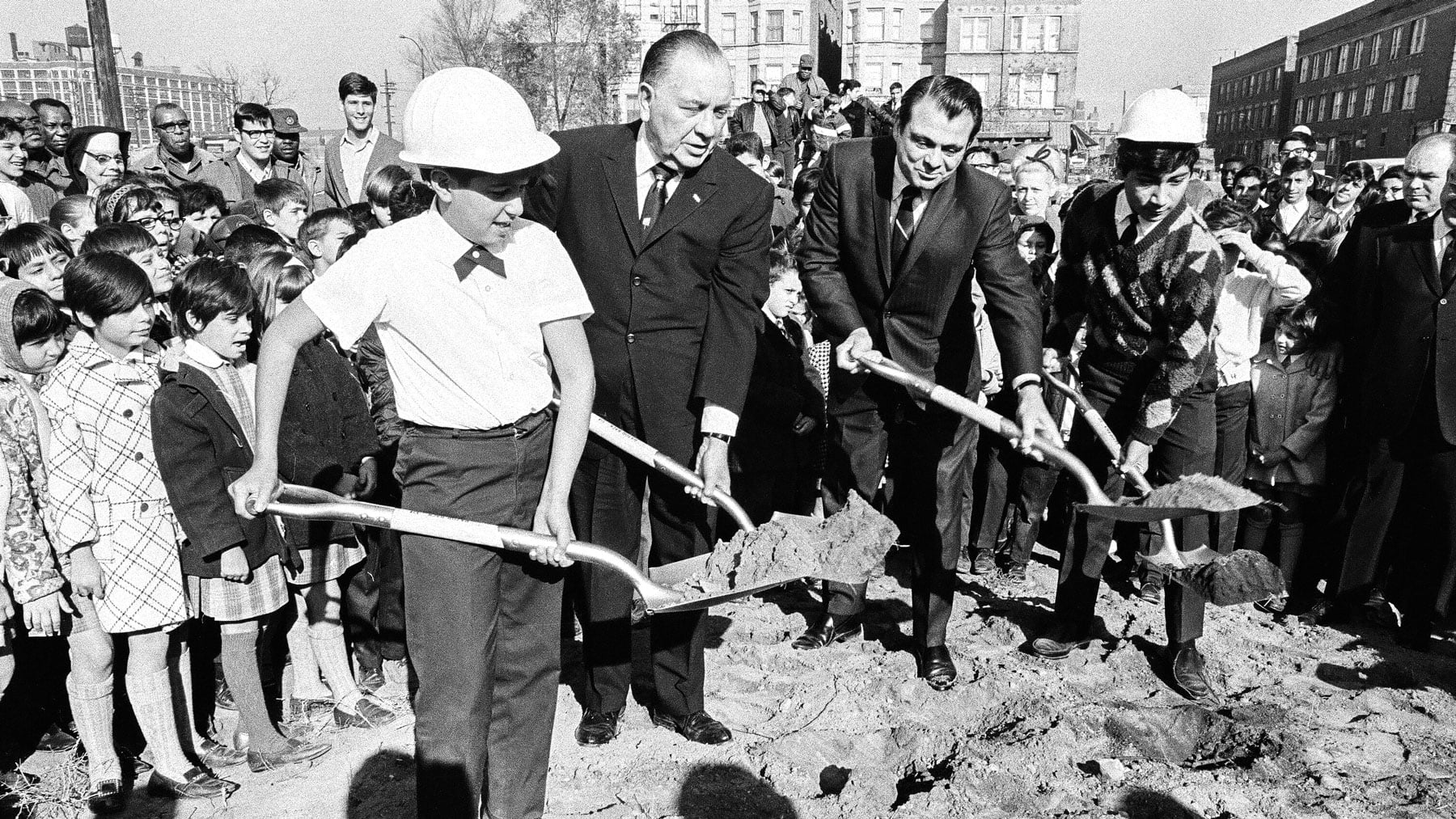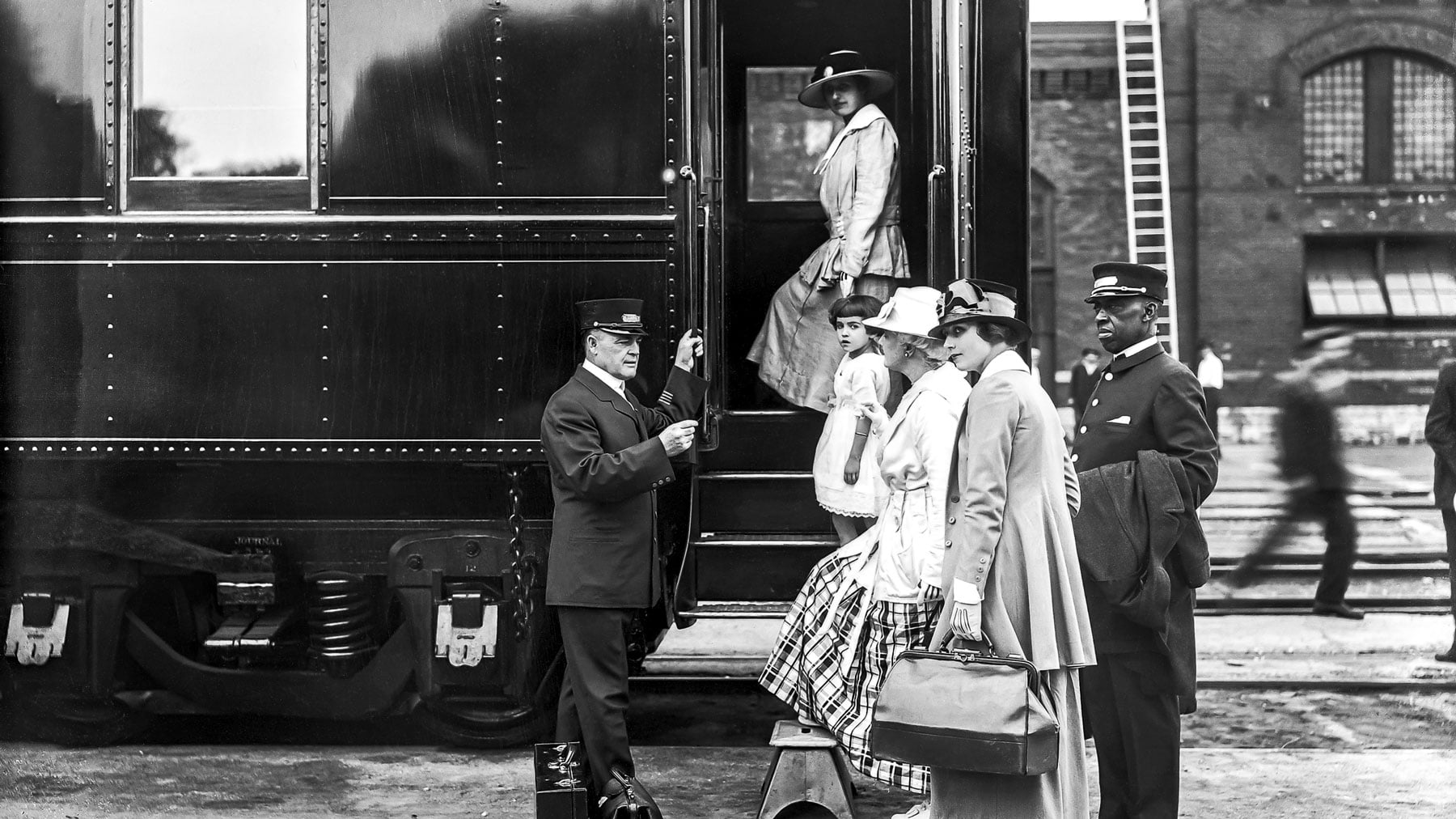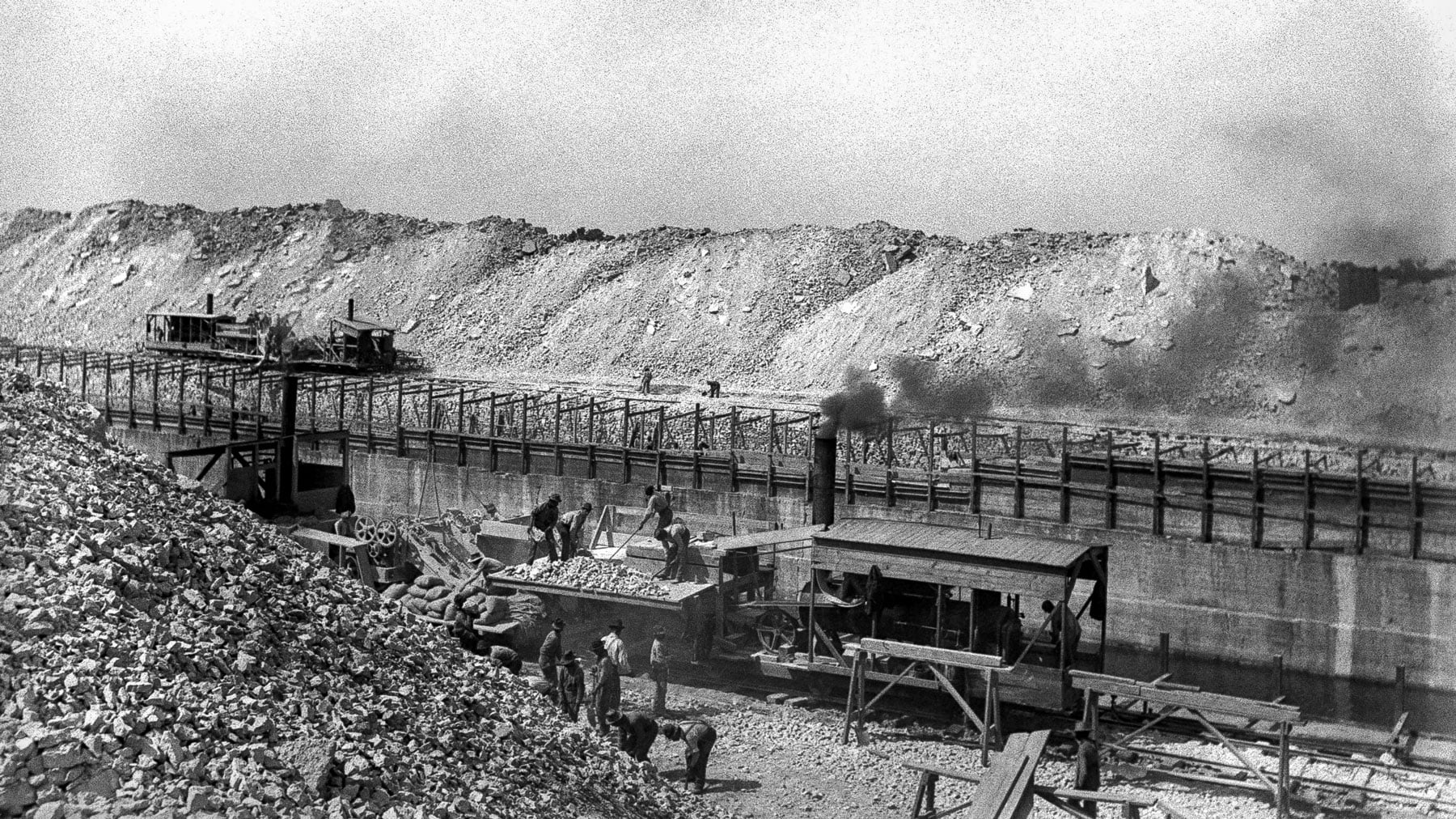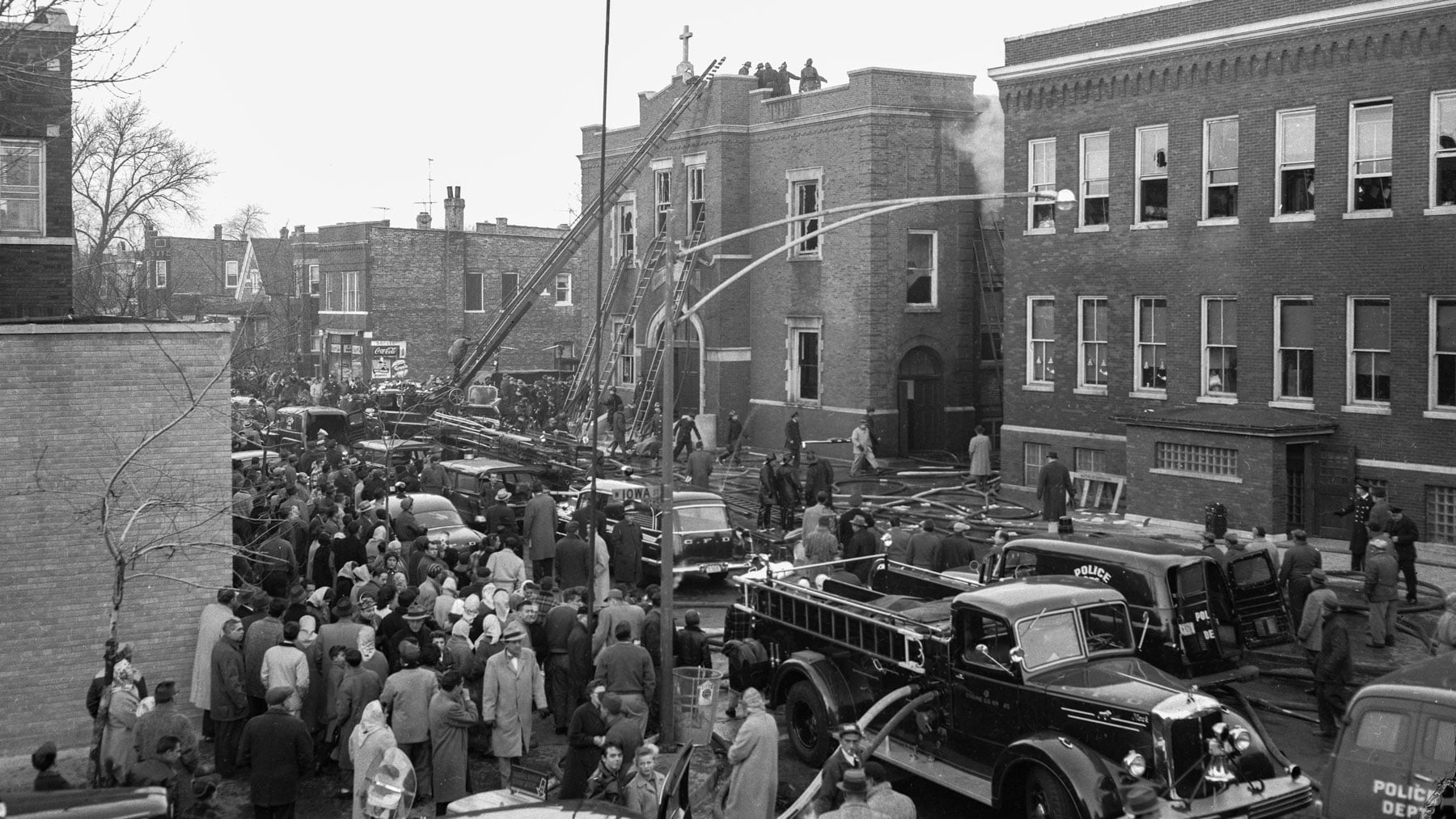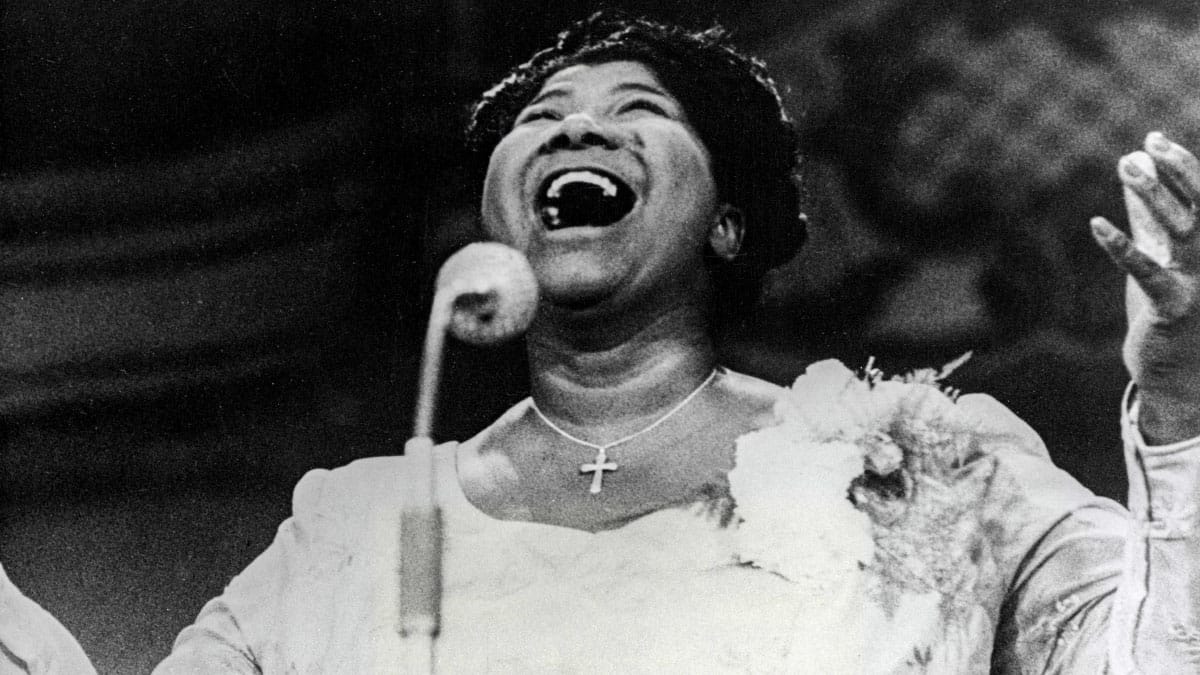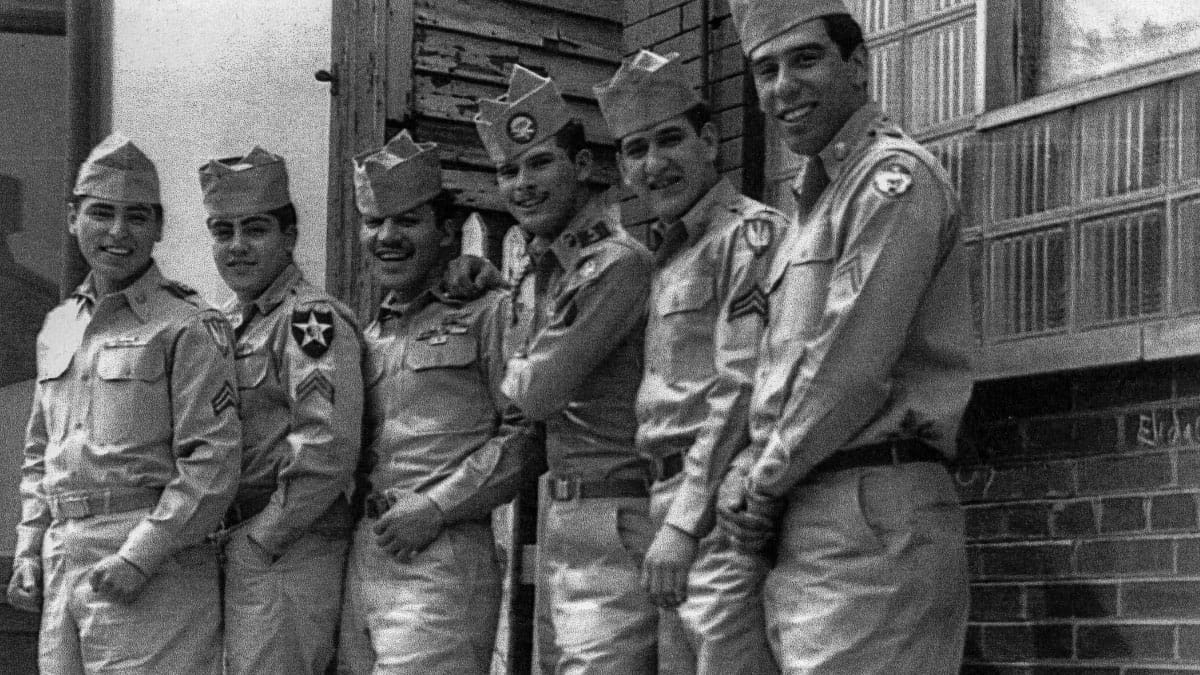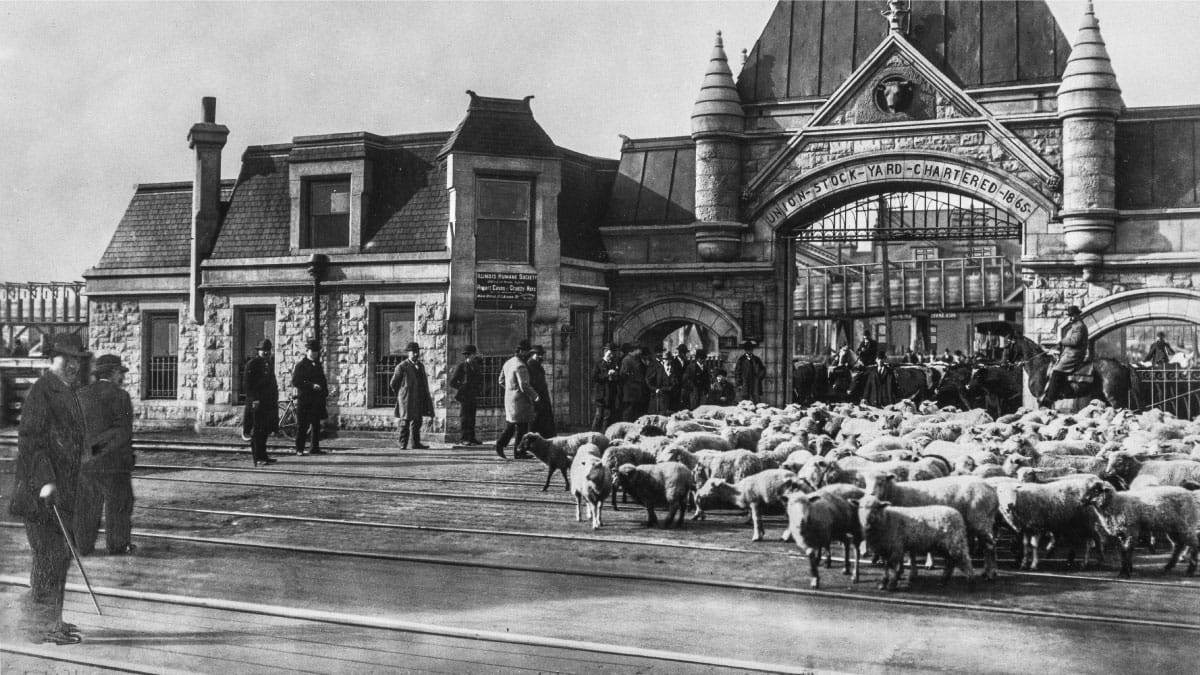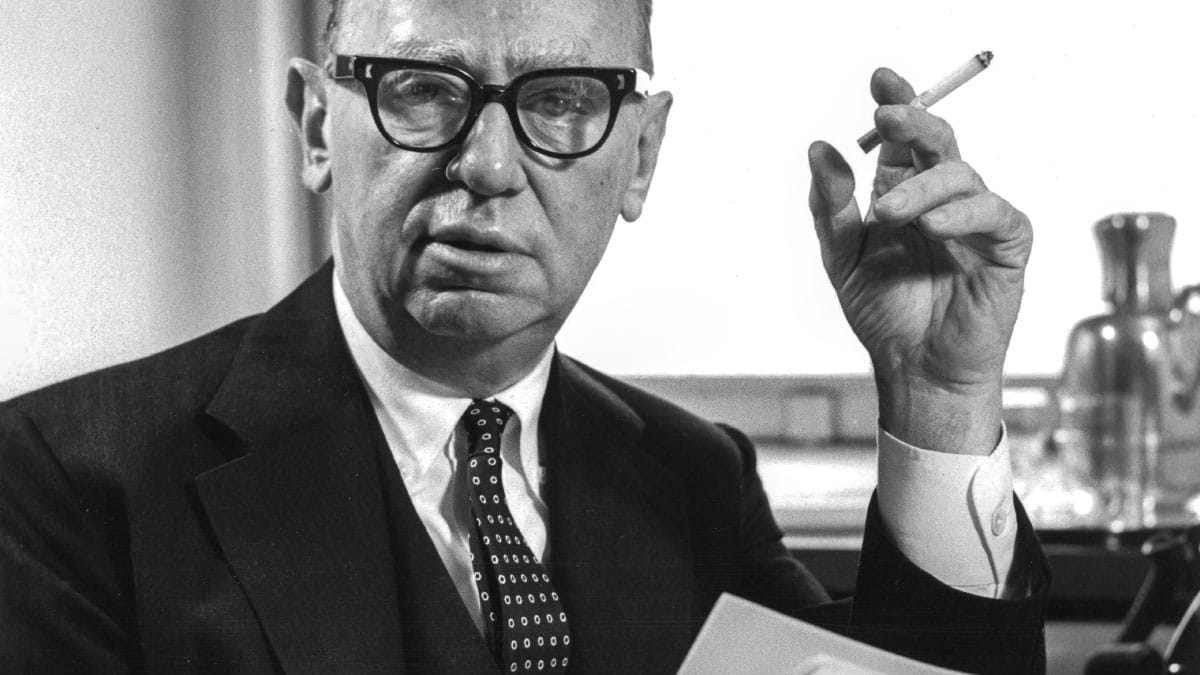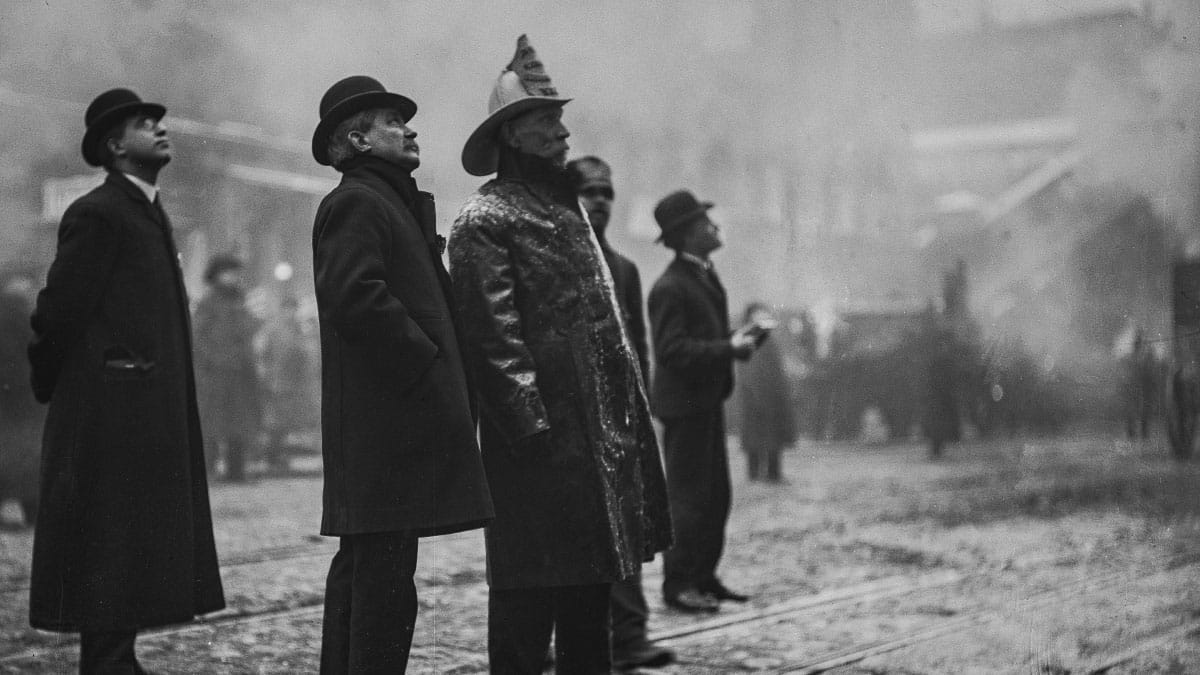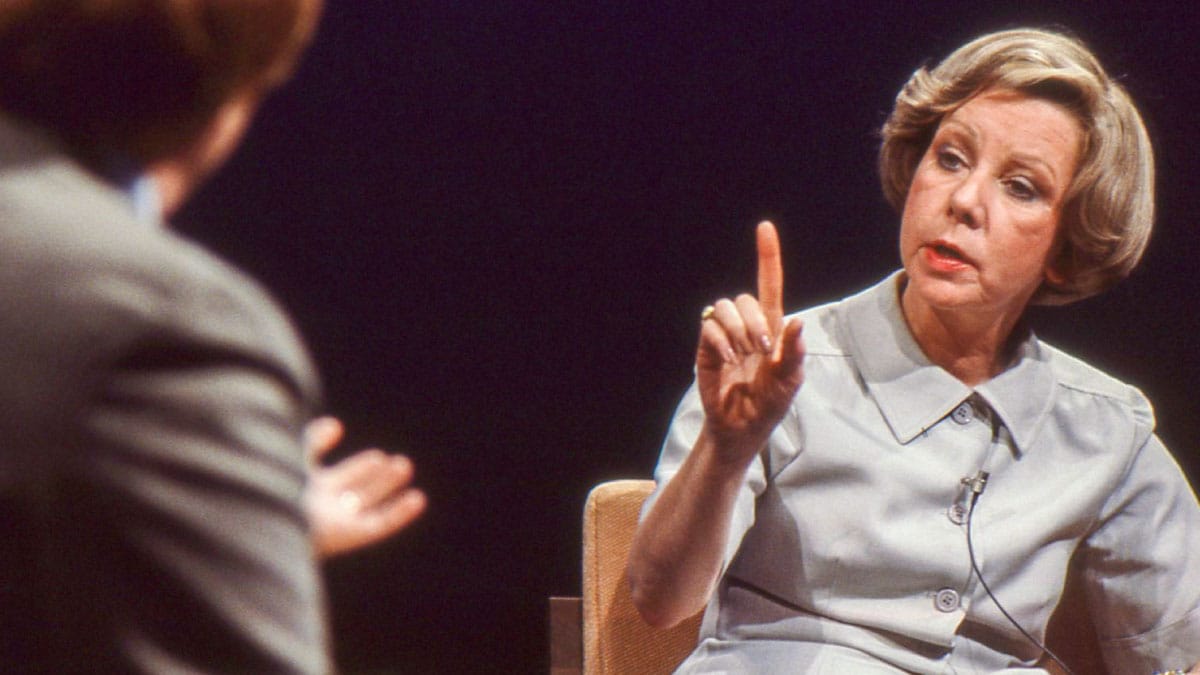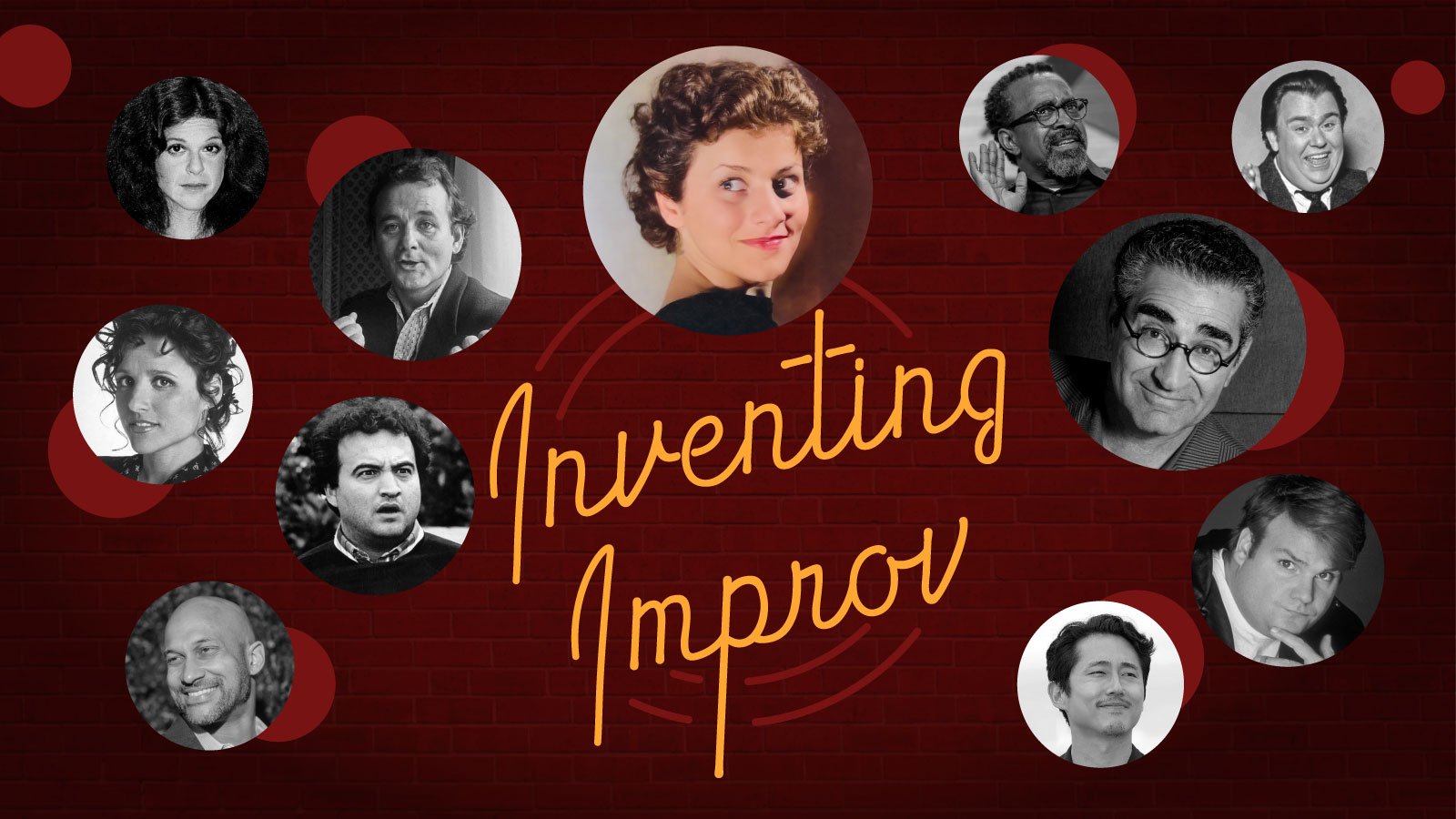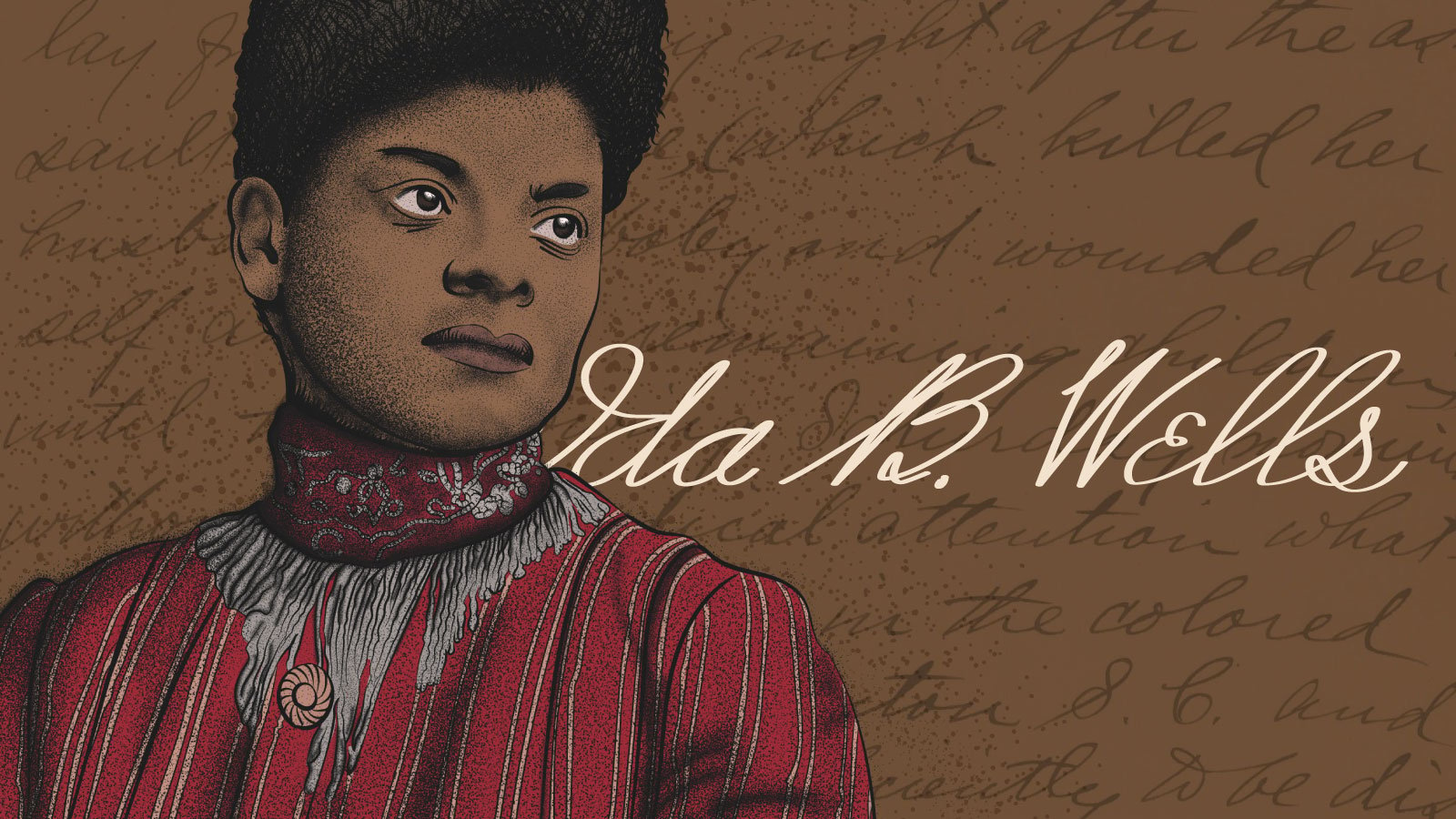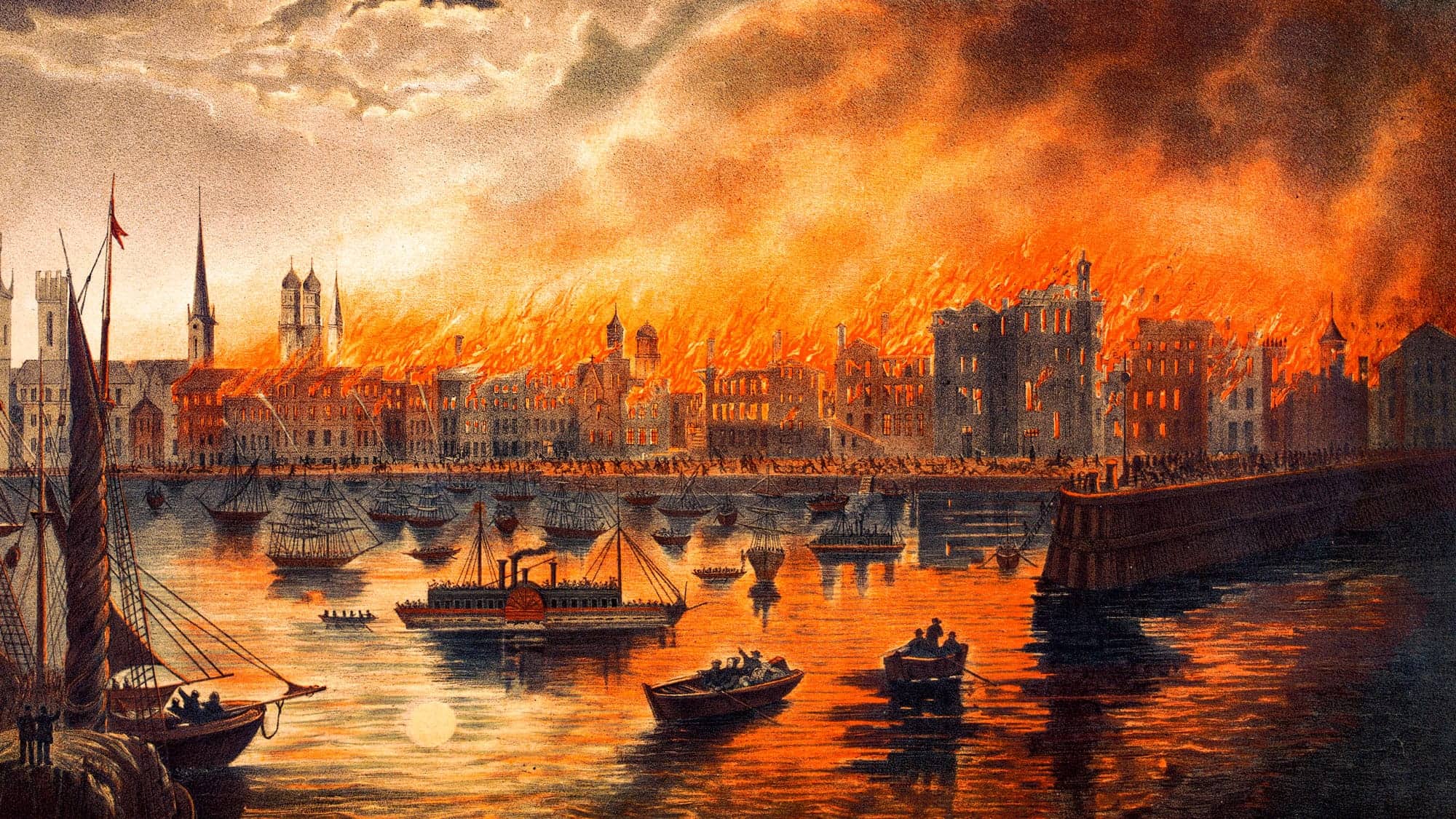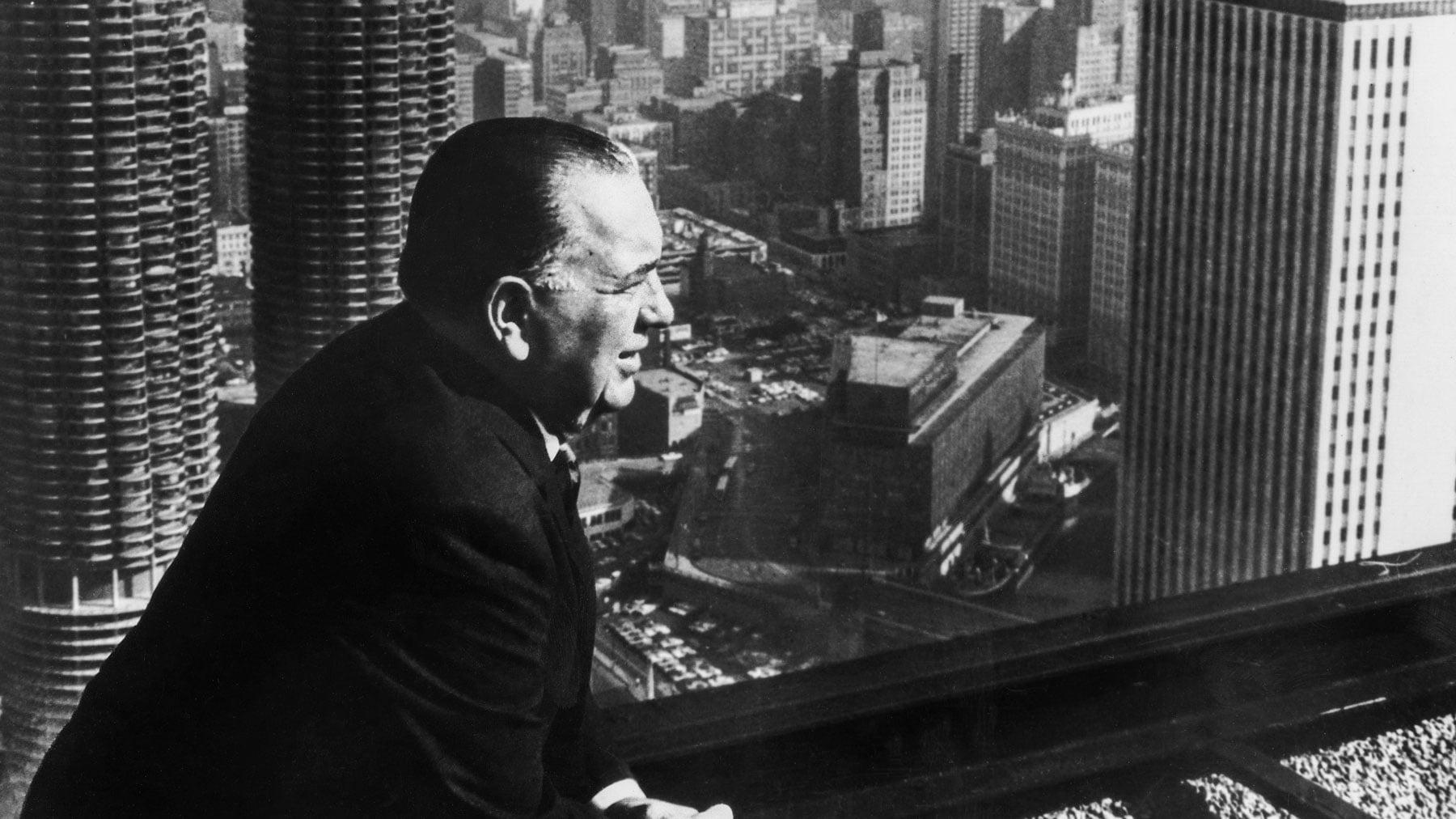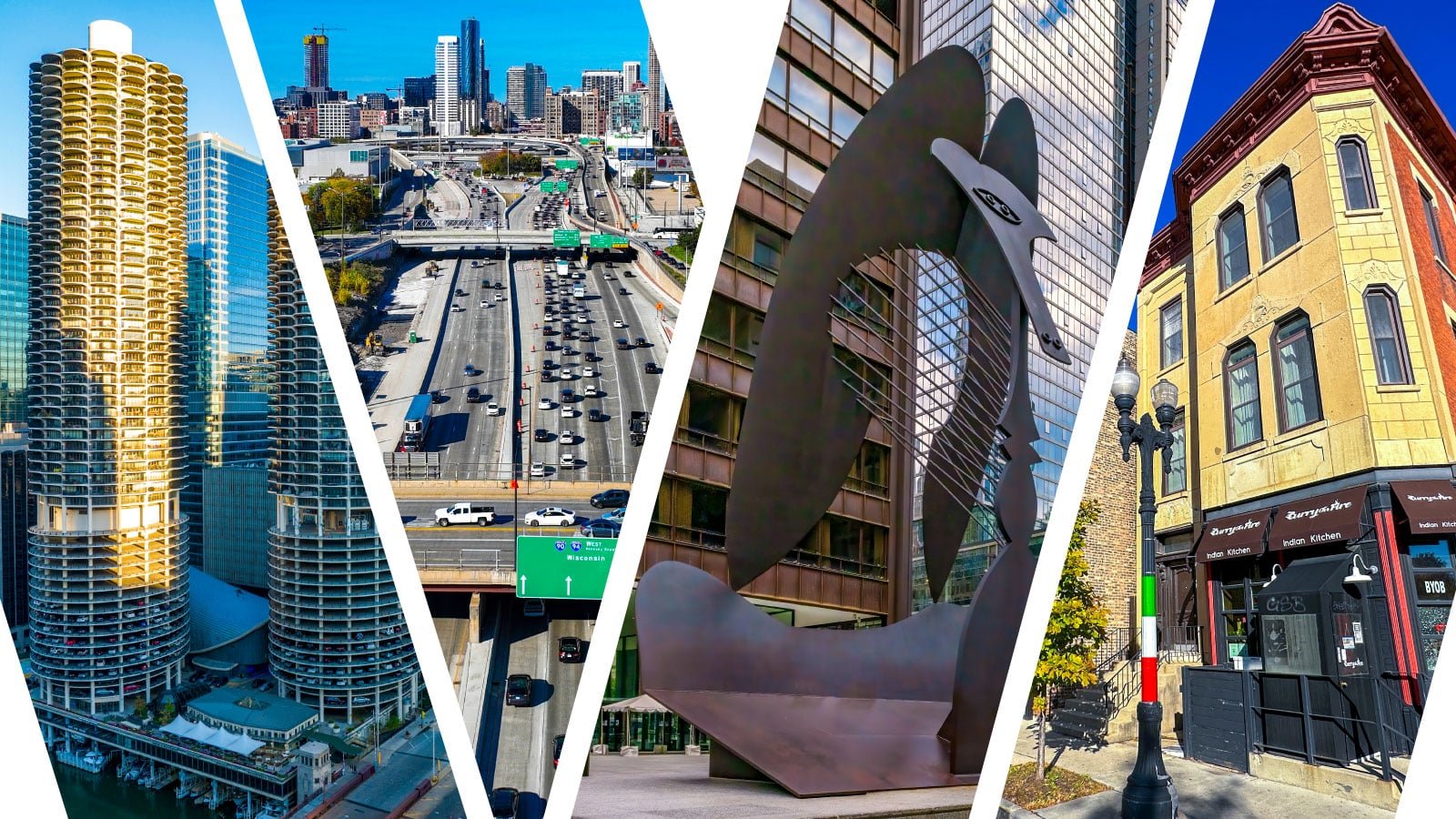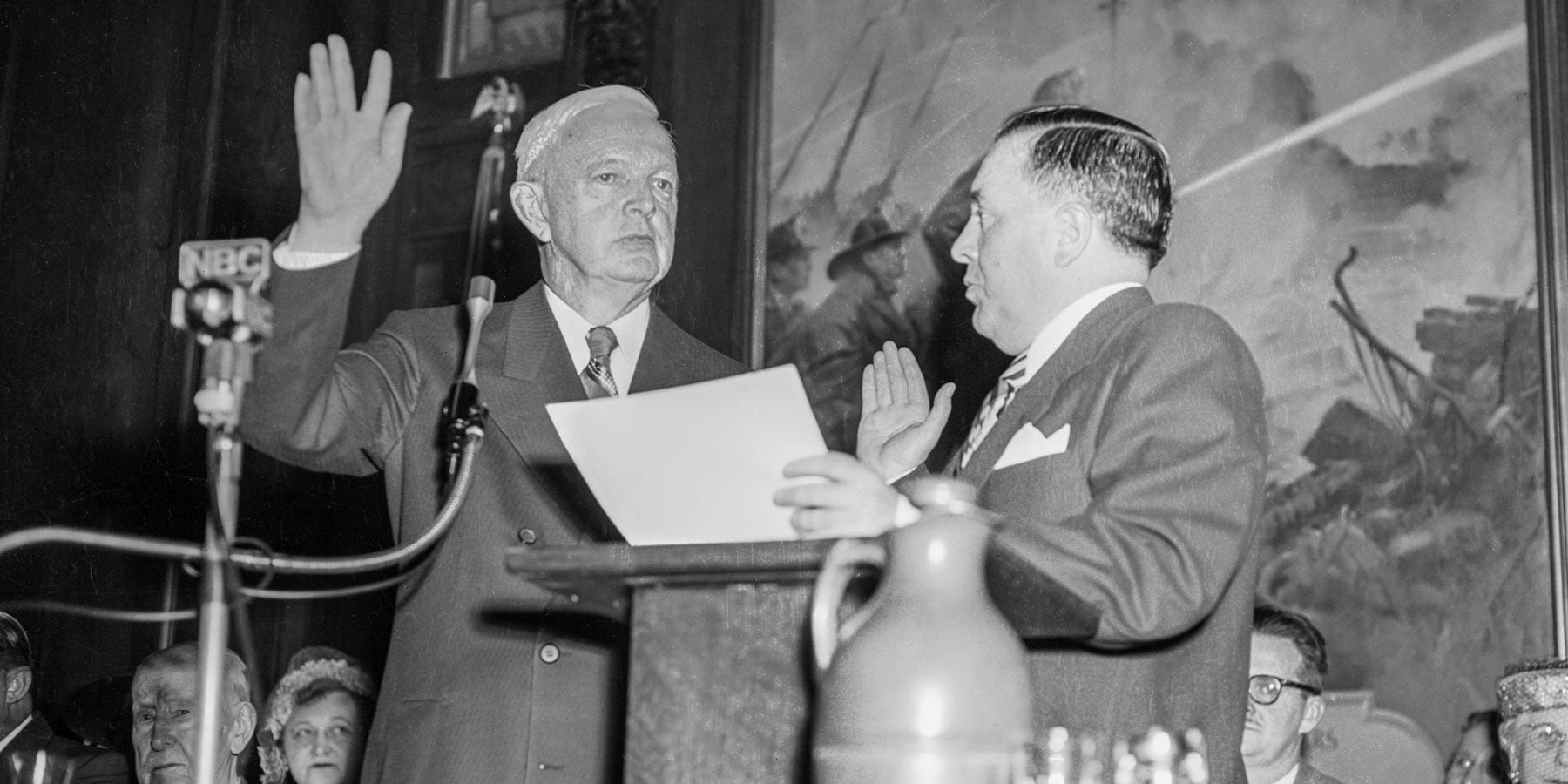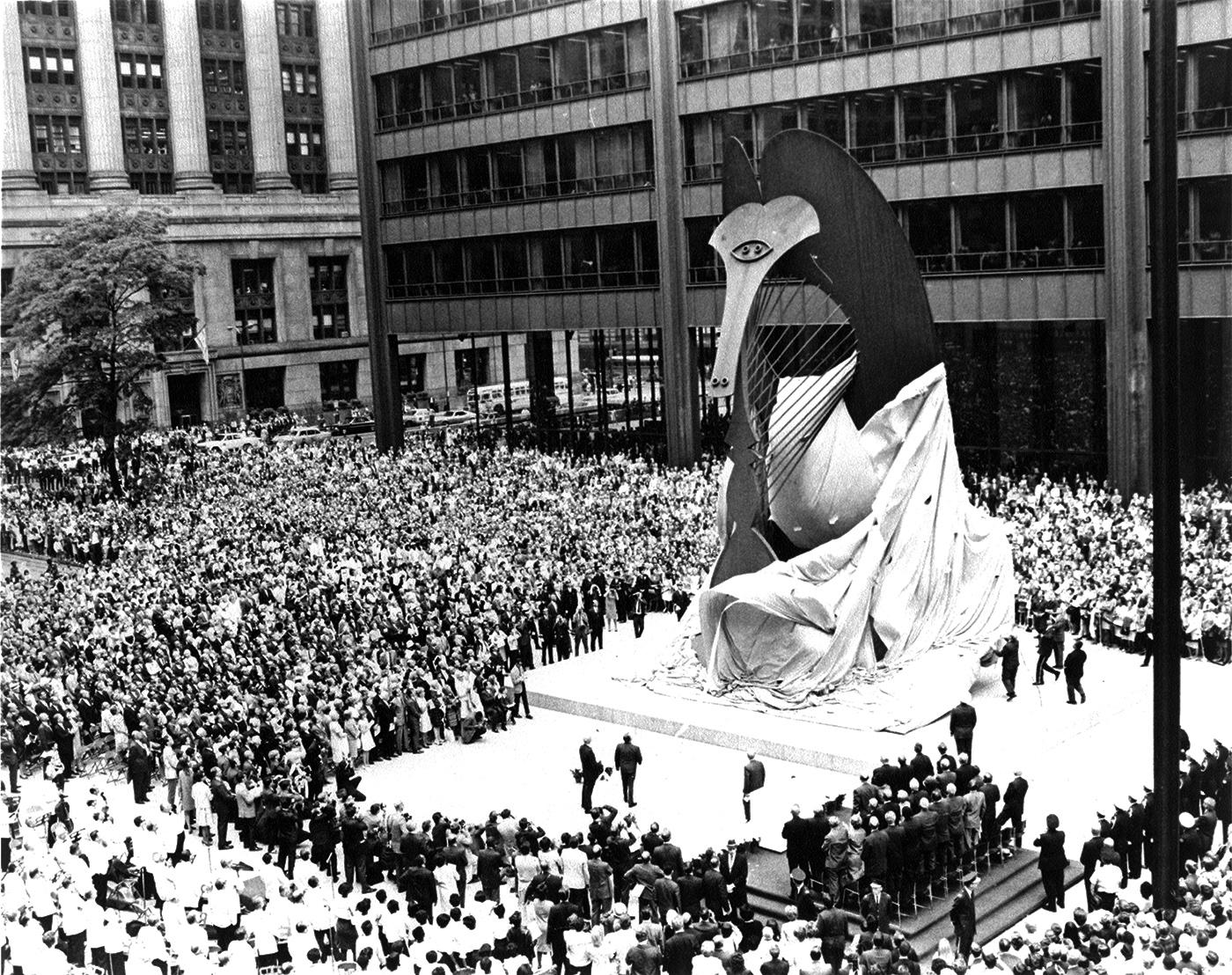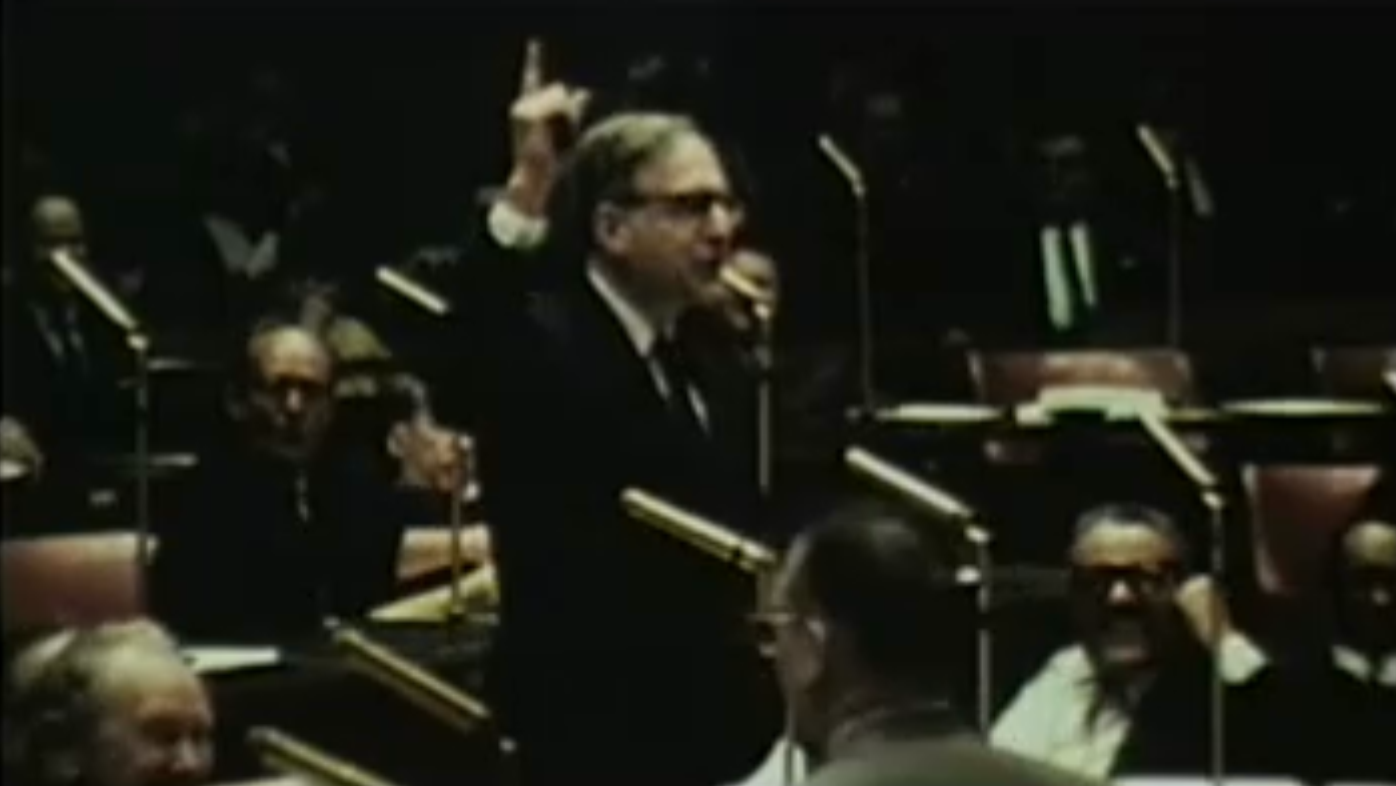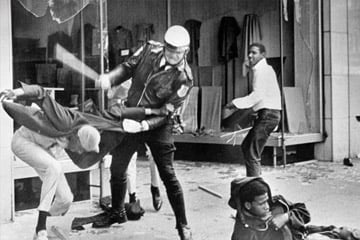Mayor Richard J. Daley, Commissioner of Urban Renewal Lewis Hill, and two students break ground at the Campus Green residential complex on the Near West Side in 1968. Image: ST-90003283-0002, Chicago Sun-Times collection, Chicago History Museum
Look at every corner of Chicago today – the iconic skyline, the public art, the sprawling airport, the expansive expressway system – and you can find remnants of Mayor Richard J. Daley’s legacy. While he served as the city’s mayor for six terms between 1955 and 1976, Daley enacted policies that shaped the city’s landscape. As the powerful boss of the city’s Democratic Party, Daley wielded his machine with the help of patronage politics, and he got a lot accomplished in the process. Daley molded the city’s downtown and its neighborhoods to fit his vision of a more modern Chicago. But even as parts of the city flourished, not every Chicagoan and not every community were included in that vision.
An only child and the descendant of Irish immigrants, Richard J. Daley was one of five Chicago mayors that came from Bridgeport, a Southwest Side neighborhood that was predominantly Irish during Daley’s life. Daley worked his way up through city and state politics. He worked as a precinct captain, served in both the Illinois House and Senate, and held various city positions before becoming chairman of the Cook County Democratic Party in 1953. That put him in a position of power in the city and in the Democratic machine, where he oversaw … Read more
In his 1959 inaugural address, Mayor Richard J. Daley, then entering his second term as mayor, spoke proudly of his urban renewal policies – policies designed, at least in theory if not in reality, to rid the city of blight and redevelop Chicago into a world-class city during a time in which people were moving to the suburbs in droves.
“Although the language of urban renewal speaks of projects, of developments, of planning and capital improvements, of site selection, land acquisition, legislation and financing, we must never forget that the most important work is ‘people.’” Daley said in his address. “The purpose of urban renewal is to serve people better.”
But which people were served better? That’s a question that critics of these policies have asked in the decades since… Read more
Martin Kennelly was sworn in for his second term by future mayor and then-Cook County Clerk Richard J. Daley. Image: DN-N-6348; Chicago Sun-Times/Chicago Daily News collection, Chicago History Museum
Located on Chicago’s South Side, the Bridgeport neighborhood was once an enclave of Irish immigrants and, later, Germans, Poles, and Lithuanians. It also was once a political pipeline for Chicago’s powerful Democratic machine: Five of the city’s 57 mayors, serving terms that spanned from 1933 to 2011, came from Bridgeport.
A mostly blue-collar community, Bridgeport sat near the edge of the Union Stockyards. Its political history began with the Irish immigrants who settled in Chicago in the mid-19th century after fleeing famine and political conflict in England.
“Coming out of Ireland, which is the first colony of the United Kingdom, they know how democracy works, and they know how it doesn’t work for them because they’re kept out of the British system. And they want to make sure that they’re kept in the system here,” Chicago historian Dominic Pacyga said.
Many Irish Chicagoans got involved in local politics… Read more

